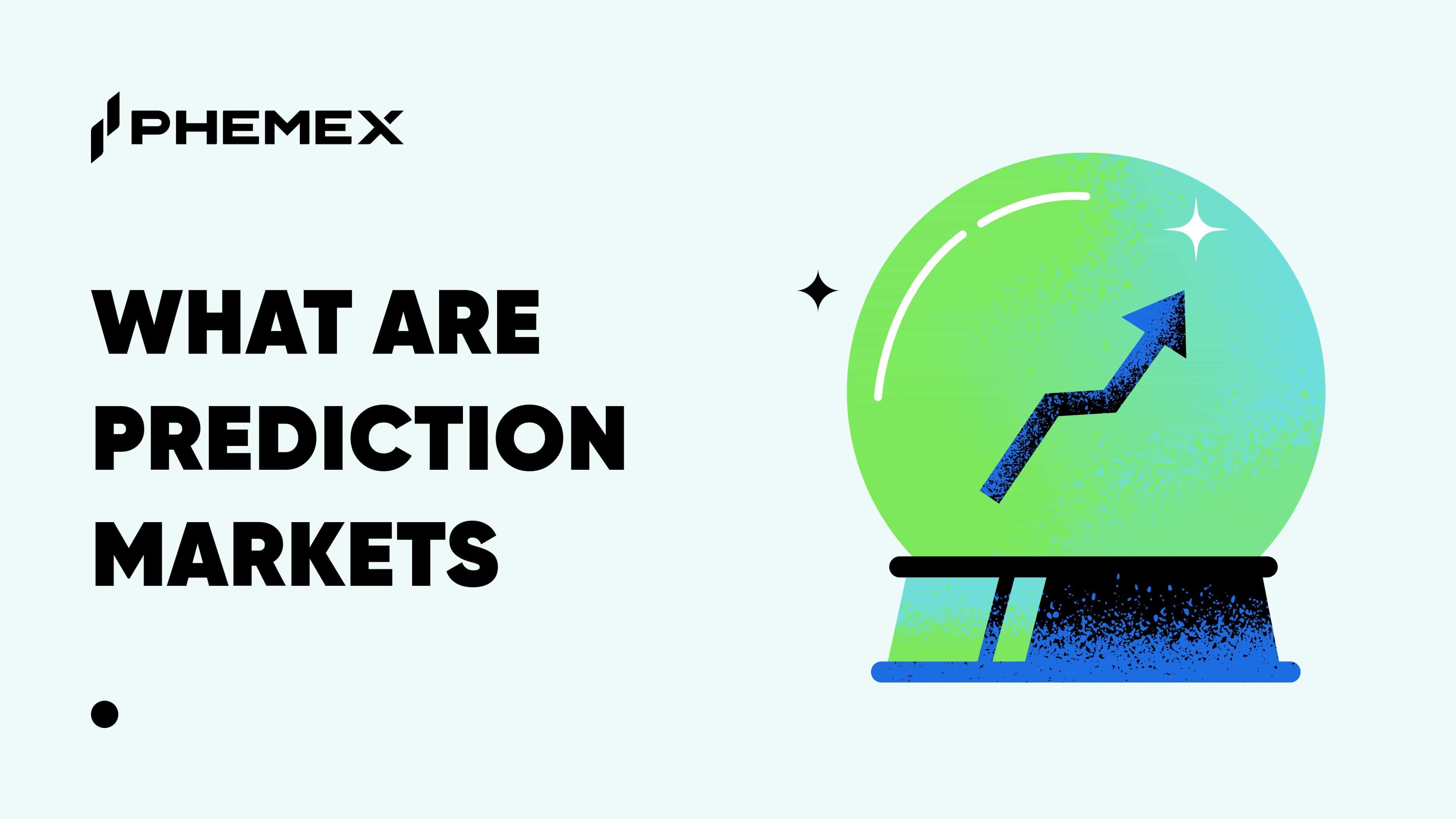Huma Finance is pioneering a new category in decentralized finance—Payment Finance (PayFi)—by combining blockchain innovation with real-world financial use cases. With its native HUMA token, a permissionless real yield protocol, and an upcoming Huma Finance airdrop, the project is attracting significant attention across the crypto ecosystem.
In this guide, we’ll explore what is Huma, how the HUMA token works, what makes Huma Finance unique, and how to qualify for the Huma airdrop.
What Is Huma Finance?
Huma Finance is a decentralized protocol that brings credit-backed financing to the blockchain. Built on Solana, Huma enables seamless, real-time payment financing (PayFi) by allowing users and businesses to tokenize invoices and receivables—solving liquidity problems in traditional payments.
It aims to decentralize credit access by offering DeFi-based solutions for real-world payment systems, creating a bridge between traditional finance and DeFi infrastructure.
What Is the HUMA Token?
The HUMA token ($HUMA) is the core utility and governance asset of the Huma ecosystem. It empowers users to:
-
Participate in protocol governance (via staking and voting)
-
Earn rewards by providing liquidity and ecosystem contributions
-
Unlock advanced PayFi protocol features such as real-time settlements
HUMA is more than just a governance token—it’s the backbone of the PayFi stack, enabling value accrual and aligning incentives for long-term participants.
HUMA Tokenomics
Max Supply: 10 billion
Circulating Supply (May 2025): 1.73 billion (17.33%)
Token Allocation
-
31% – Liquidity Providers & Ecosystem Incentives
-
20.6% – Seed and Series A Investors
-
19.3% – Team & Advisors
-
11.1% – Protocol Treasury
-
7% – CEX Listings & Marketing
-
5% – Huma Finance Airdrop
-
4% – Market Maker & On-Chain Liquidity
-
2% – Pre-Sale Backers
Vesting Schedule
-
Team & Advisors / Investors: 12-month lock-up, then quarterly linear release over 3 years
-
LP & Ecosystem Rewards: Deflationary quarterly releases with a 7% decay
-
Treasury: 1% unlocked at TGE, remainder over 8 quarters

What Is the Huma Finance Airdrop?
The Huma Finance airdrop rewards early users and contributors with 5% of the total HUMA supply.
Airdrop Breakdown:
-
65% – Liquidity Providers (based on Feathers earned)
-
25% – Ecosystem Partners (measured by volume and revenue contribution)
-
10% – Community Engagement (content, campaigns, governance)
Airdrop Claim Window: Opens at TGE and is valid for 30 days.

How Huma Finance Works: The PayFi Stack
Huma's PayFi Stack is a six-layer architecture supporting end-to-end payment financing:
-
Transaction Layer: Solana and Stellar blockchains for fast, low-cost payments
-
Currency Layer: Uses stablecoins and yield-bearing tokens for compliant transfers
-
Custody Layer: Secure asset handling with MPC and smart contracts
-
Compliance Layer: On-chain identity for global regulatory alignment
-
Financing Layer: Tokenized receivables and risk-managed lending
-
Application Layer: Tools and APIs for building user-facing DeFi apps
What Is Huma 2.0?
Huma 2.0 is the latest protocol version offering permissionless, composable yield-generating strategies on Solana.
Key Features:
-
Classic Mode: Fixed yield of 10.5% APY in USDC
-
Maxi Mode: 25x Feather rewards in promotional periods
-
$PST Token: A yield-bearing LP token (PayFi Strategy Token)
-
DeFi Composability: Integrated with Jupiter, Kamino, and RateX
-
Optional Lock-ups: 3 or 6 months to boost rewards
Platform Metrics (as of May 2025)
-
Total Transaction Volume: $4.4 billion
-
Total Revenue: $4.1 million
-
Active Liquidity Assets: $103 million
-
PayFi Assets: $66.24 million
-
Liquidity Pool Assets: $37.73 million
-
Feathers Distributed: 611 million+
HUMA vs Bitcoin: Key Differences
| Feature | HUMA | Bitcoin |
|---|---|---|
| Primary Use Case | Payment Financing (PayFi) | Digital Store of Value |
| Network | Solana | Bitcoin Blockchain |
| Speed | Seconds | ~10 minutes |
| Gas Fees | Low | High |
| Smart Contracts | Yes | No (limited capabilities) |
| Token Utility | Governance, Yield, Rewards | Store of Value |
Founders & Investors
-
Founders: Erbil Karaman (ex-tech exec) & Richard Liu (engineering & VC background)
-
Investors: Circle Ventures, Hashkey Capital, Distributed Global, ParaFi, Robot Ventures, Folius Ventures
Funding History:
-
$8.3M Seed Round – Feb 2023
-
$38M Series A – Sep 2024
-
$46M Total Raised – by March 2025

Key Partnerships & Ecosystem Collaborations
-
Visa – Real-time blockchain payment integration
-
Jupiter – Token launch and swap infrastructure
-
Kamino & RateX – Lending and leveraged DeFi strategies
-
Payment Platforms – Expanding real-world utility of PayFi

Recent Milestones & Events
-
May 2025 – HUMA listing confirmed on major CEXs (including Phemex)
-
April 2025 – Launch of Huma 2.0 with real yield on Solana
-
March 2025 – $46M funding round successfully closed
-
February 2025 – Integrations with payment platforms for cross-border use cases
The Huma Foundation has launched its Season 1 Airdrop, allocating 5% of the total $HUMA supply to early contributors. This distribution is divided among liquidity providers, ecosystem partners, and community participants. The claim window opens at the Token Generation Event (TGE) and remains active for one month.

Is HUMA a Good Investment?
While not financial advice, HUMA offers strong fundamentals and long-term vision.
✅ Pros:
-
Real-world utility and strong product-market fit
-
Decentralized, scalable protocol design
-
High-profile partnerships and investor support
⚠️ Risks:
-
Crypto market volatility
-
Regulatory uncertainty in global DeFi environments
Always conduct your own due diligence before investing.
How to Buy HUMA on Phemex
Phemex will list HUMA shortly. To prepare:
-
Create a Phemex account
-
Complete KYC (Know Your Customer) verification
-
Deposit USDT or fiat
-
Trade or claim your airdropped HUMA tokens
Stay tuned to Phemex Academy for updates on the listing and step-by-step guides on how to buy, trade, and store HUMA securely.
Conclusion: Why Huma Finance Matters
What is Huma Finance? It's the evolution of payment infrastructure—bringing DeFi into the real economy. By enabling decentralized credit, launching innovative airdrop campaigns, and delivering sustainable yield via PayFi, Huma is uniquely positioned to reshape global finance.
From the Huma Finance airdrop to staking opportunities and token utility, the project provides both value and vision. Don’t miss the upcoming listing on Phemex—HUMA is more than a token; it's the future of decentralized finance.
Disclaimer: This article is for informational purposes only and should not be construed as financial advice. Cryptocurrency investments carry significant risk, including the potential loss of principal. Always conduct your own research and consult with a financial advisor before making investment decisions.








